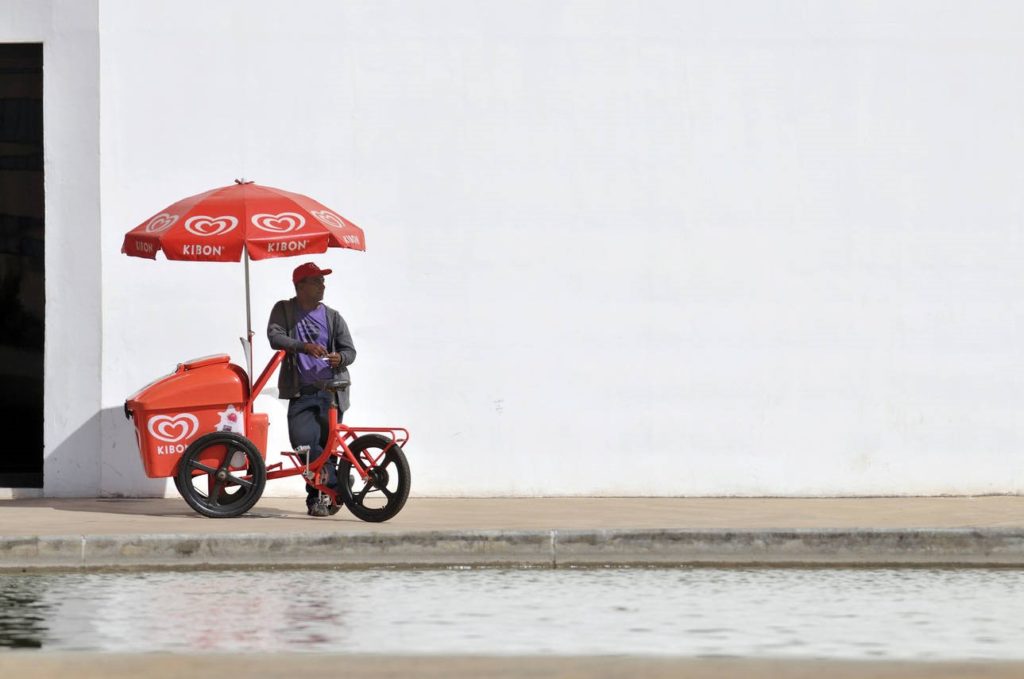By Contributing Reporter
RIO DE JANEIRO, BRAZIL – Economists from financial institutions reduced this year’s expected growth in Gross Domestic Product (GDP) from 1.23 to 1.13 percent. It was the 14th consecutive drop in the indicator.

The forecast appears in the market bulletin, also known as the “Focus” report, released on Monday, May 3rd, by the Central Bank (BCB). The report results from a survey conducted last week, covering over 100 financial institutions.
The downward reviews in financial market growth expectations for this year’s GDP began more intensively after the release of last year’s result — when the economy only progressed 1.1 percent.
According to data released by the Brazilian Institute of Geography and Statistics (IBGE) last Thursday, May 30th, the Brazilian GDP fell 0.2 percent in the first quarter of 2019, compared to the last quarter of 2018. This was the first decline since the fourth quarter of 2016 (-0.6 percent).
At the end of March, the Central Bank estimated an increase of 2 percent for the Brazilian economy this year and, last week, the Ministry of Economy lowered the growth forecast from 2.2 percent to 1.6 percent in 2019.
For next year, 2020, the financial market’s expectation of economic expansion remains stable at 2.50 percent. Bank economists have also not changed the economic growth forecast for 2021 and 2022; it continued at 2.5 percent for the two years.
For 2019, financial market economists reduced inflation expectations from 4.07 to 4.03 percent. This year’s goal is 4.25 percent, and the goal system tolerance ranges from 2.75 to 5.75 percent.
The inflation goal is set by the National Monetary Council (CMN). To achieve this, the Central Bank raises or lowers basic interest rates in the economy (Selic).
As for 2020, the financial market maintained its inflation estimate at 4 percent – consistent with the central target of 4 percent for next year. Next year, the target will have been officially met should inflation fluctuate between 2.5 and 5.5 percent.
Other estimates:
- Interest rate — The market maintained the forecast for the Selic rate at 6.5 percent per annum at the end of 2019, the index currently in effect. As a result, the market continues expecting stable interest rates this year. The forecast for the end of 2020 remained at 7.25 percent a year. As such, analysts continue to anticipate high-interest rates next year.
- Dollar — The financial market projection for the exchange rate at the end of 2019 was stable at R$ 3.80 to the dollar, and for the close of 2020, it remained at R$ 3.80 to the dollar.
- Trade balance — For the trade balance (total exports minus imports), the projection for 2019 rose from US$ 50.25 billion to US$ 50.50 billion of positive results. For the next year, market specialists’ estimate retreated from US$ 45,33 billion to US$ 45,10 billion.
- Foreign investment — The report’s forecast for the inflow of foreign direct investment into Brazil in 2019 dropped from US$ 83.29 billion to US$ 82.65 billion. For 2020, the analysts’ estimate remained at US$ 84.36 billion.

